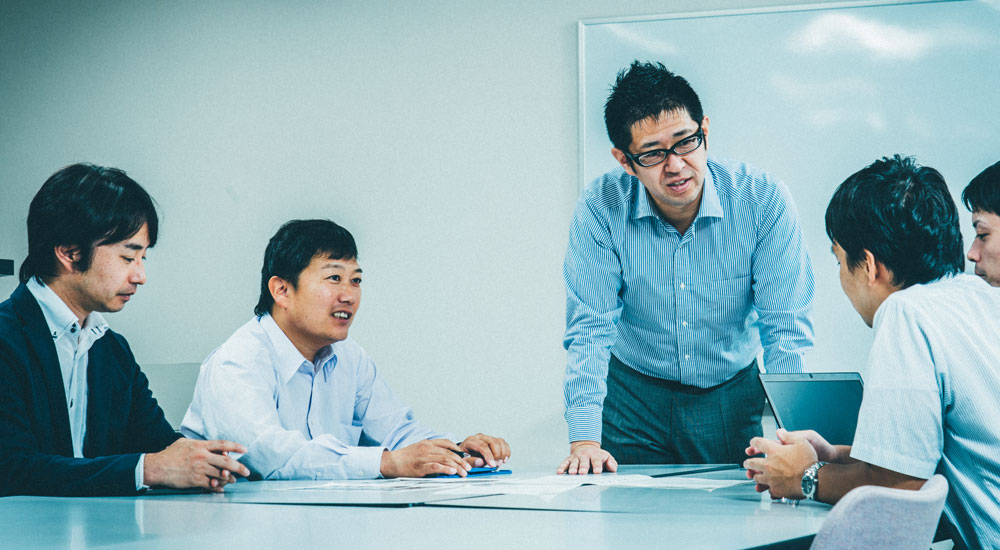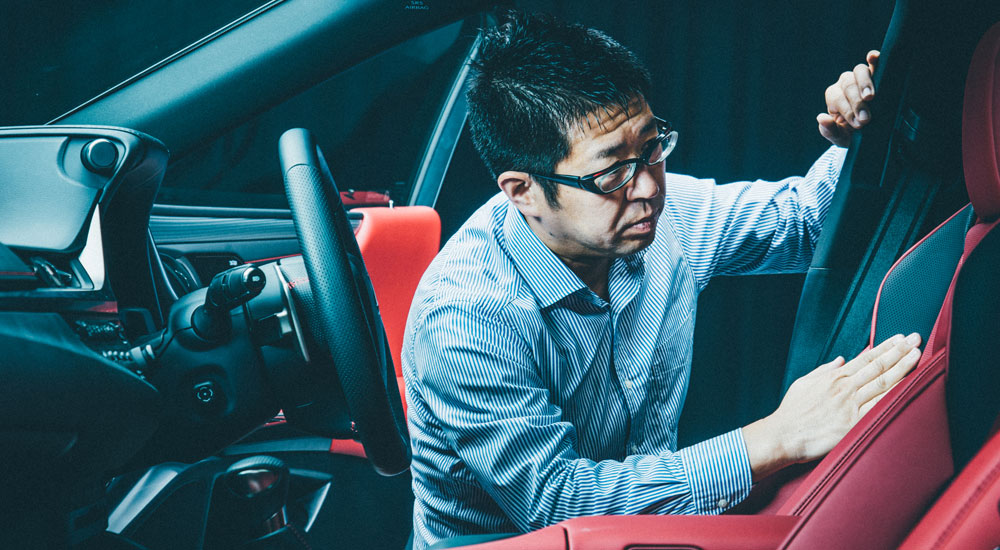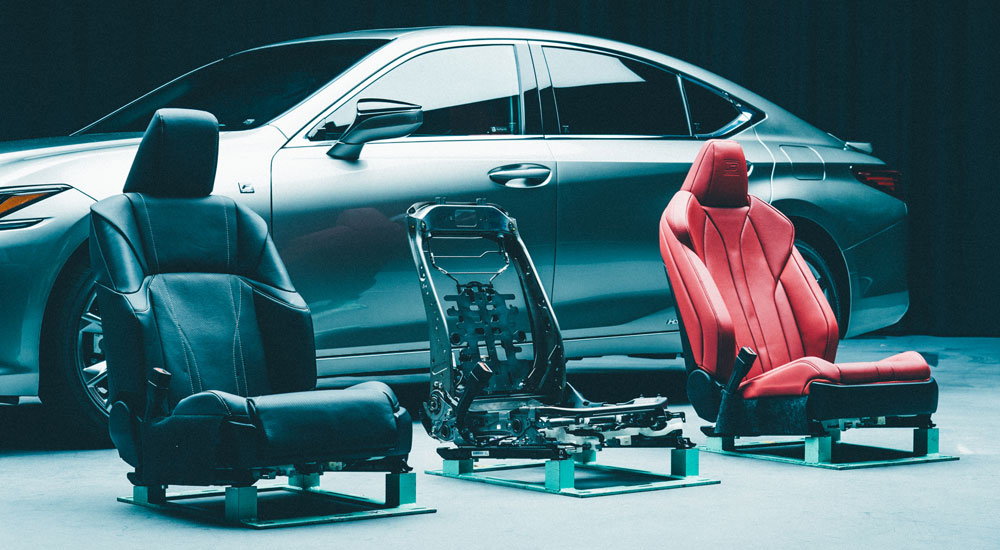The seats of the new ES were developed over a period of three years, undergoing numerous prototypes and resulting in a product that allows any owner to drive in complete luxury, no matter the driver’s body type. This is the story of their development.
“Clear and deep.” This, according to Lexus, is the central concept of the brand’s seat development. They may not be words one necessarily associates with car seats, but there is a good explanation, according to Takeshi Kawano, a leading engineer in the development of the new ES’s seats.
“The moment you sit in the seat of the new ES, you’ll notice that your posture feels just right,” Kawano says. “There’s no need to squirm around until you find the right position. This is the ‘clear’ part. Then, while you’re seated, you’ll notice that your lower back is fully supported. You’ll feel at ease, as if you’re enveloped in a protective bubble. No matter the G-forces acting on the car from the front, back, left, or right, your posture never wavers. This is the ‘deep’ part.”
Achieving this “clear and deep” design was easier said than done—it took Kawano and his team three years to develop a product they were happy with. According to Shin Maezawa, who directs all Lexus seat development, one reason for this difficulty was the unique position that car seats have among all car parts.

“Technically, the seats are just one part of the platform on which a car is built, but they are also the only parts of this platform that are in constant contact with and constantly supporting the bodies of the driver and passengers,” he says. “To develop a good seat, you need to combine a high level of durability with a high level of comfort.
“Meanwhile, to ensure the driver feels safe behind the wheel, the driver’s seat must be able to convey the G-forces and motions acting on the car without exposing the driver to unpleasant vibrations. Durability and comfort, stimulation and suppression: achieving a coexistence of such contrasting qualities is what defines the Lexus YET philosophy, but it requires a lot of time and effort to accomplish. To perfect our seat design, we needed to thoroughly discuss every detail—even those that couldn’t be or hadn’t yet been expressed in terms of data.”
The development of the new ES seats was an immense undertaking that involved everyone from engineers to department heads—including the top administrator who has final say on seat quality and the artisans responsible for the TAKUMI (craftsmanship) incorporated in previous Lexus models.
“Of course, we wanted nothing more than to develop a seat that would get high marks all around, but satisfying everyone is no easy task. It’s difficult, but it’s also what makes seat development such an enjoyable challenge” Maezawa says.
There is no one type of driver who owns a luxury sedan such as the ES. Owners vary in height, weight, bone structure, and other physical characteristics. For this reason, the seats needed to be designed to accommodate every body type, creating a formidable hurdle—or “an enjoyable challenge” if you’re Maezawa—for the team to clear.
“The ES is in a class whose owners come in all shapes and sizes,” Kawano says. “But no matter how big or small the driver is, they should be able to experience the exact same sense of luxury. Our biggest dilemma during development was how to design the seats so that they could effectively cancel out physical differences.”
The seats of the new ES are structurally simple, composed of polyurethane foam wrapped around an iron frame. The cushion is flat, but the sides are elevated to provide hip support and stabilization for the body. However, if the cushion is designed to be wide enough for large drivers to snugly fit into the seat, smaller drivers will find the hip support to be too far apart and will not feel secure.

“To develop a seat cushion that could cancel out physical differences, we incorporated very subtle depressions in the surface so that even smaller body types can sink firmly into the seat,” Kawano explains. “We also added a laminated layer to the top of each seat. This layer is thin and soft, which allows the head to sink into the cushion for better stability.”
In designing the sports seats, the team sought to create something that would offer excellent hold and functionality, as well as a much sportier design. For inspiration, they looked to their ideal: the seats of the LC.
“When designing seats for an F SPORT car, qualities such as side support resilience need to be set at a much higher level than in a standard model,” Kawano says. “This allows the driver to feel that much more secure. To provide exceptional snugness and posture stability, we designed the seats to conform to the body type of the driver or passenger.”

Kawano and his team also increased the resilience of the side support, which protects the body from G-forces that act on the car when cornering at high speeds. They also designed the seats so that the hips, back, and shoulders are stabilized against a single surface. As a result, the team was able to develop an impressive sports seat available exclusively for the new ES.
“An F SPORT is just such a sporty car,” Kawano says. “That’s why I felt we needed to stabilize the driver’s body so that the driver wouldn’t move at all, even when driving on a racing circuit at full speed. We’ve tested the seats, and we can tell you that even when going around a corner at high speeds, the driver’s position barely changes.”
This story was originally published by Lexus Europe.


Comments